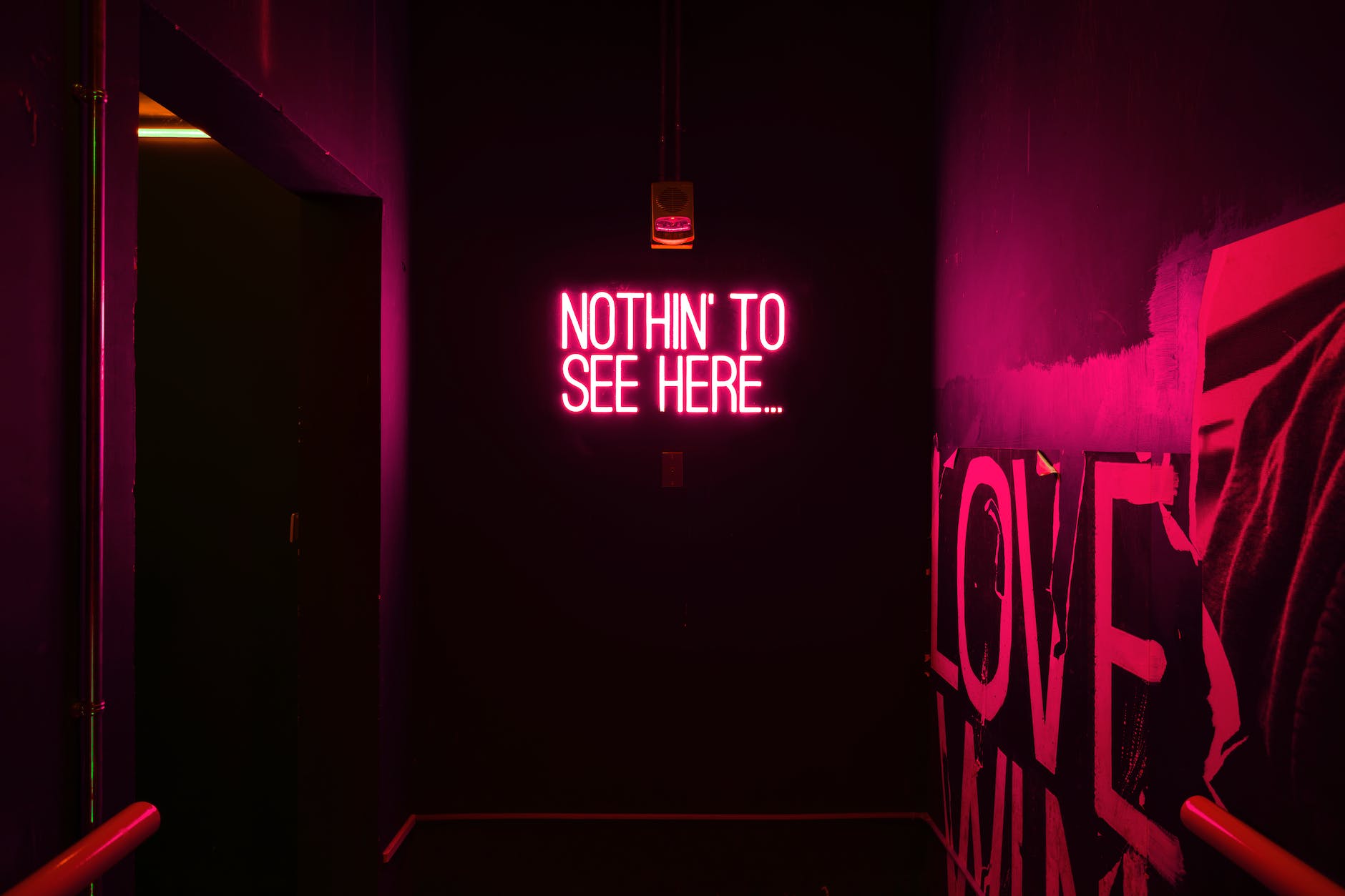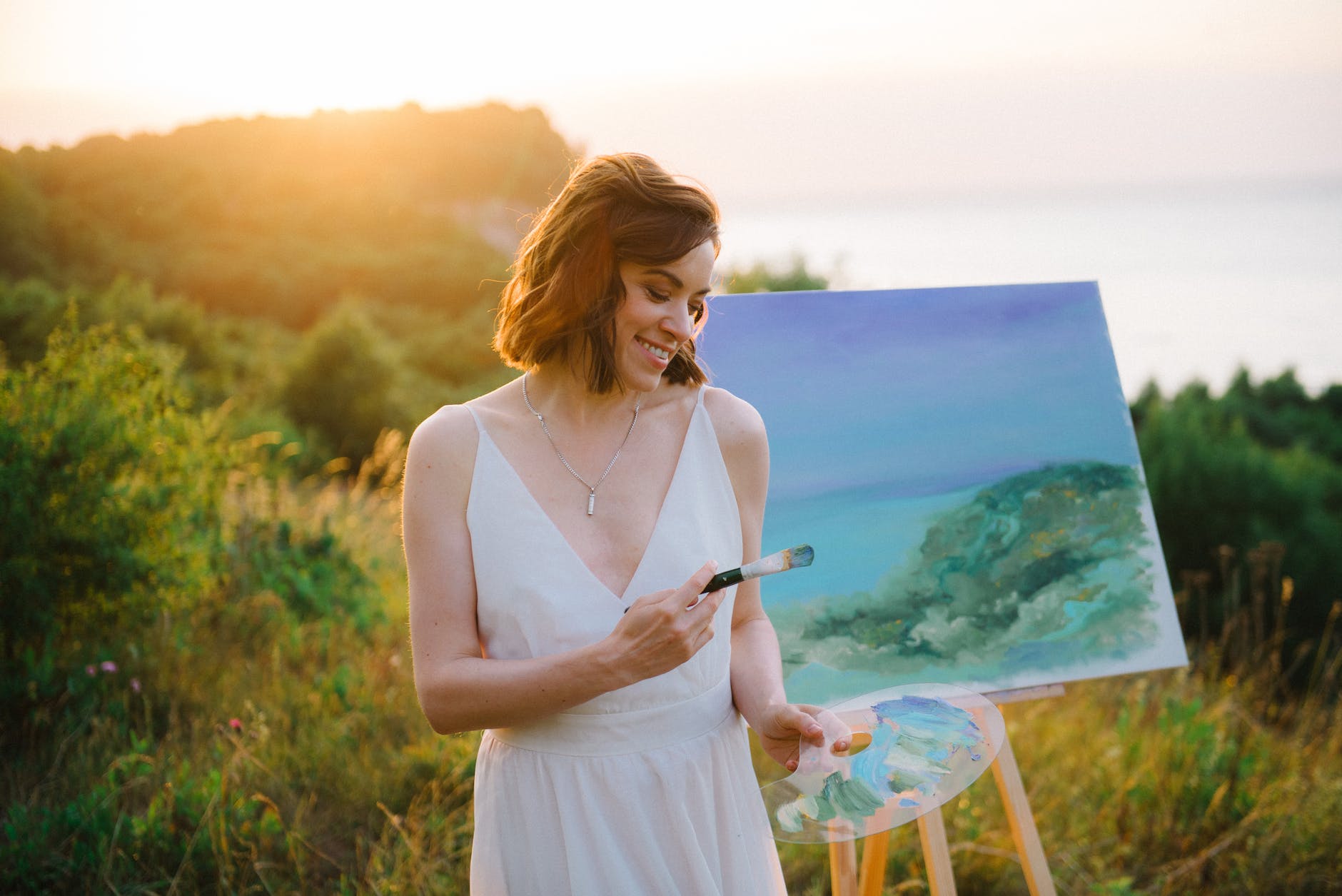—
In the swirling, mind-bending landscapes of psychedelic art, one finds an indelible influence on pop culture. Splashed across album covers, inspiring fashion trends, and permeating pop rock music, the creative expressions of the psychedelic movement have acted as a catalyst to many cultural shifts. The reverberations of this colorful movement continue to resound even today, influencing many facets of our entertainment and aesthetic landscape.
From Beatles album covers laden with multicolored textures to psychedelic festivals where the artwork is as much a headline act as the musical performers, the impact of the psychedelic art movement is undeniable. Integrating elements from Eastern cultures, the hippie movement, and concurrent social upheavals, psychedelic art has shaped much of the pop culture landscape we recognize today.
Unmistakable in its contribution and influence on pop culture is the Grateful Dead, a quintessential psychedelic band. Through their colorful and fantastical album covers and concert visuals, the Grateful Dead placed psychedelic art squarely within the mainstream consciousness. A simple browse through their discography reveals fantastical landscapes, intricate details, paradoxical imagery and a riot of colors – all hallmarks of the psychedelic art movement.
Moving beyond music, the influence of psychedelic art extended into fashion. Bright colors, swirling designs, and bold patterns typified by the hippie movement echoed the psychedelic art influence. Psychedelic fashion, with clothes featuring swirling patterns, surrealistic prints morphing faces into flowers, and colorful paisley patterns, conveyed the spirit of the times.
The advent of psychedelic art wasn’t confined just to album covers and fashion but extended to poster art as well. The bold, bright, and wild designs were a fixture in the epicenter of counterculture – San Francisco’s Haight-Ashbury district. Concert posters, underground comics, and promotional material of the time reflected this style. The brightly hued, swirling, kaleidoscopic art of poster art served not just as advertisement but as an emblem of the cultural shift being enacted.
Psychedelic movies, using groundbreaking cinematic techniques to create surreal, visually stunning experiences, leveraged the distinct style of psychedelic art. Films like “Yellow Submarine” and “2001: A Space Odyssey” adopted the fluid, dreamlike visuals of psychedelic art to heighten their storytelling. Even contemporary films, such as “Fear and Loathing in Las Vegas,” pay homage to the psychedelic aesthetic.
When considering movements that played a significant role in shaping what we now understand to be “pop culture,” it’s impossible to ignore the impact of pop art. While pop art and psychedelic art are distinct movements, they share an era and a cultural canvas, resulting in a cross-pollination of influences. Some of the mind-bending elements of psychedelic design blended with pop art, giving rise to the lurid, off-kilter universe found in the work of artists such as Roy Lichtenstein and Andy Warhol.
Psychedelic art helped reshape the soundscape of popular music, notably pop rock music. Artists such as The Beatles, The Doors, and Pink Floyd ventured into new, experimental sound realms, often reflected visually in their album artwork. This artistic movement promoted a culture of creativity, curiosity, and boundary-pushing that still resonates within the music industry today.
Given the longevity and ubiquity of its impact, it’s no surprise that the influence of psychedelic art on pop culture persists. Its visuals continue to inspire and create new expressions in pop culture, from music videos to street fashion. This testifies to the profound legacy of the psychedelic movement and its vibrant aesthetic, still permeating our culture decades after its initial cultural explosion.
Psychedelic art was and continues to be more than just a visual style. It’s a reflection of a historic cultural shift, a testament to a time of social change and artistic expression that deeply influenced what we now know as pop culture. The evolutionary journey of cultural expression will always bear the colorful, intricate, surreal markings of its psychedelic chapter.
In contemplating the rich tapestry of pop culture, the psychedelic art influence is as unmistakable as it is vibrant. Thank you, psychedelic art, for making our world a tad more colorful, a tad more creative, and a lot more interesting.





